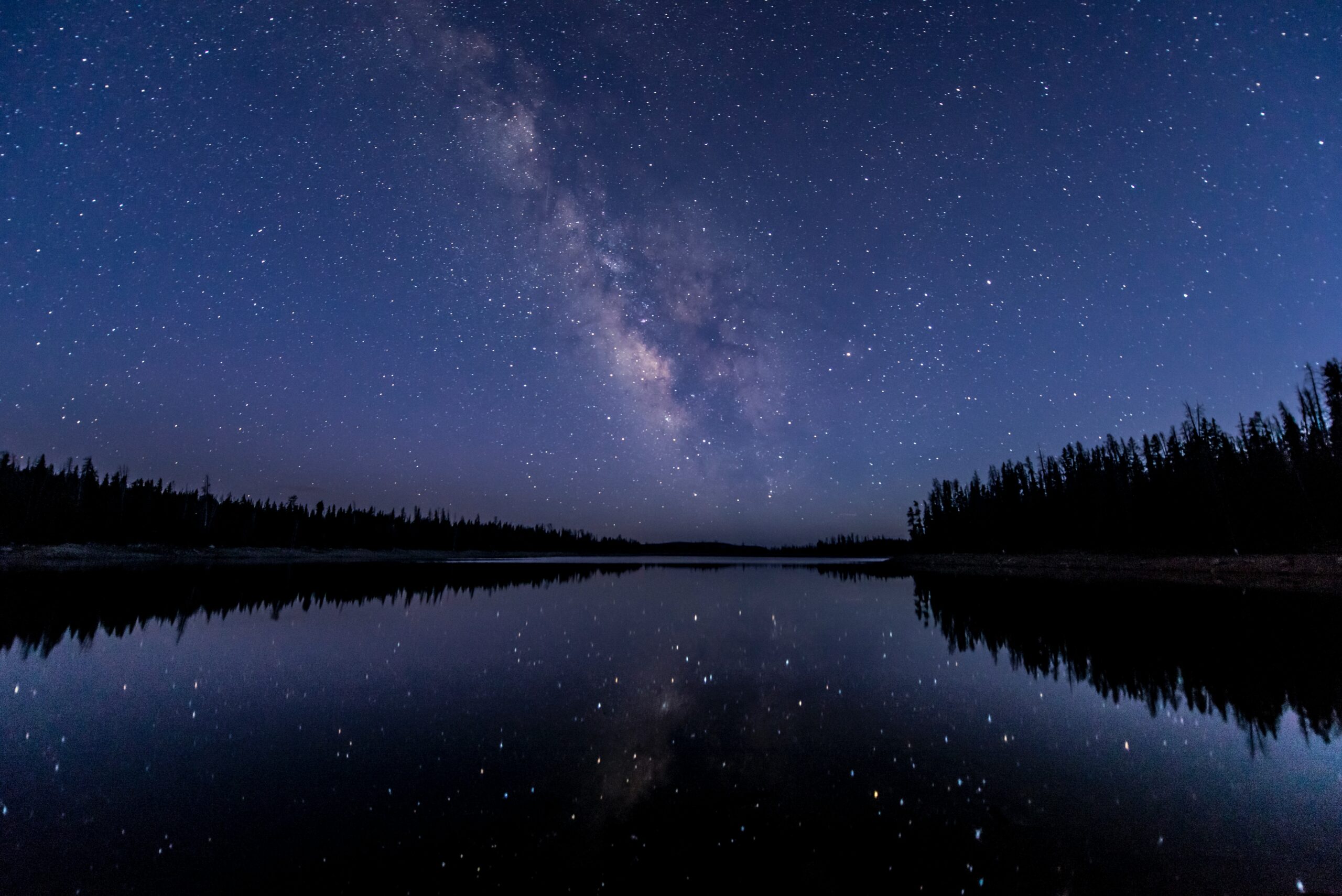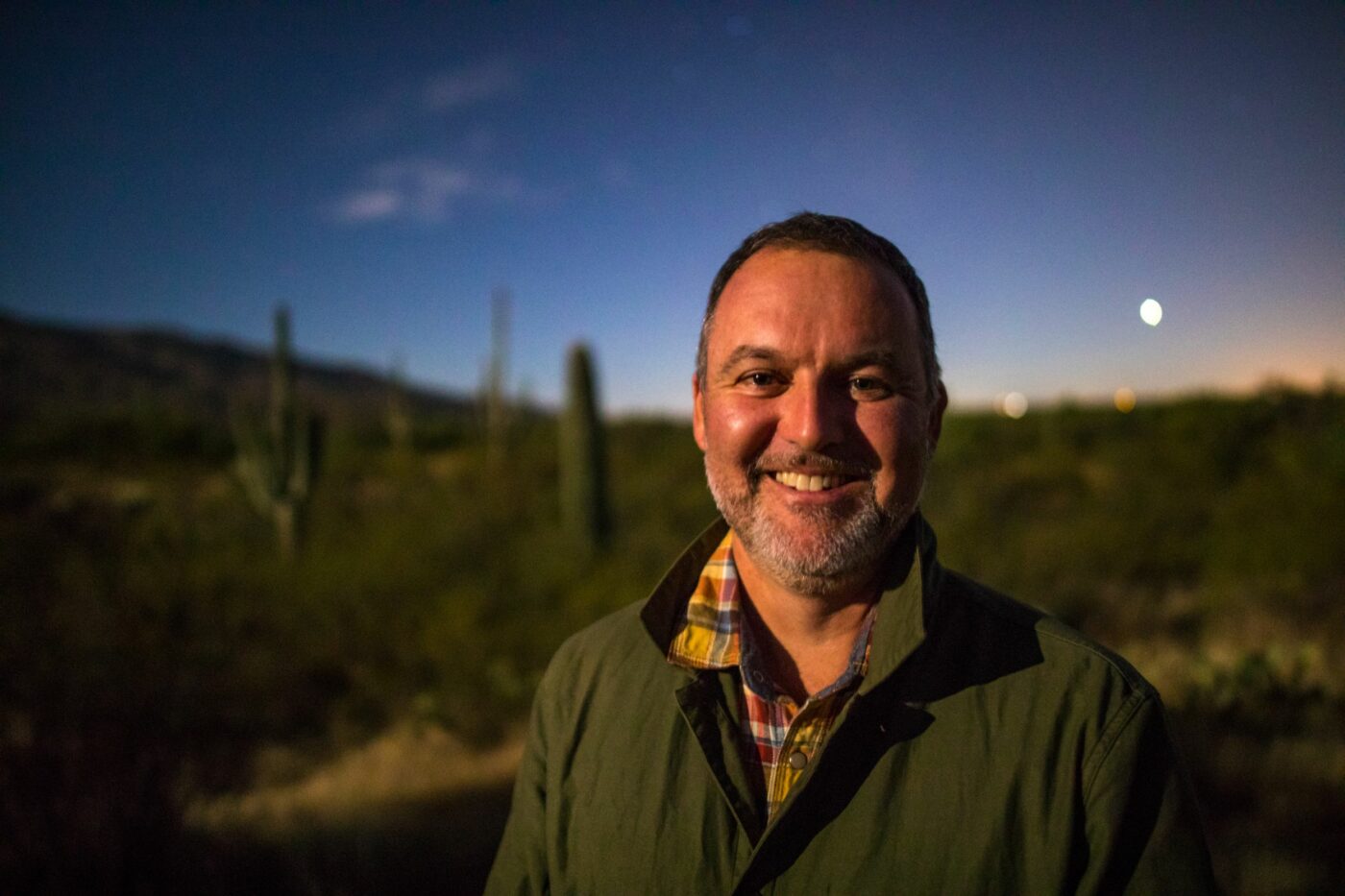
In a shining moment for the world of lighting design, DarkSky has emerged as the winner of the esteemed Spotlight Prize at this year’s LIT Lighting Design Awards 2023. Nominated by the discerning jury, DarkSky received the award for their outstanding commitment to a mission: preserving the darkness of the sky.

“We are honored to receive this recognition from the lighting design community, with whom we have much in common. Well-designed outdoor lighting and responsible, dark-sky friendly lighting are synonyms. Both are sustainable, energy-efficient, environmentally responsible and pleasing to the eye,” says Tom Reinert, President of DarkSky.
The Spotlight Prize was introduced in 2020 aiming to put the “spotlight” on an organization, association, project, or initiative carrying out outstanding work for its community. At the same time, this winner has to be a contributor to the Lighting industry. In the past years, the LIT Lighting Design Awards honored different projects including the LUCI Association and Women in Lighting.
Previously known as the International Dark Sky Association (IDA), DarkSky is a United States-based non-profit organization established in 1988 by founders David Crawford and Tim Hunter. The mission of the IDA is “to restore the nighttime environment and protect communities and wildlife from light pollution”.
The Birth of DarkSky
For one of the founders of DarkSky, Tim Hunter, observing the Milky Way was something natural that he could do through the trees surrounding his home. Gradually, he became aware that the stars started disappearing from urban and suburban areas due to increased light pollution.
In 1985, he received an unexpectedly large tax return. He decided to buy a piece of land in a dark-sky area for a large telescope. One thing led to another, and soon he was the owner of 20 acres of land 40 miles southeast of Tucson, Arizona, on a high grassland plateau at an elevation of 5,000 feet. This is how the Grasslands Observatory was born. During this time the Dark Sky Office at Kitt Peak National Observatory had been headed by Dr David Crawford. Hunter and Crawford met several times to discuss their concerns about lighting recommendations. What started off as a contentious discussion developed into friendship and a mutual goal of protecting night skies.
According to Hunter, light pollution is a relatively easy environmental problem to solve but no one is doing anything about it. He then suggested forming a non-profit organization devoted to combating light pollution.
What is light pollution?
Most of us are familiar with air pollution, water pollution, and soil pollution. But there is something else that can be a pollutant, namely light. While electric light at night can be a great thing, guiding us home, keeping us safe, and making our homes cozy, it also has another impact on the environment. Light pollution is the excessive or inappropriate use of outdoor artificial light. Furthermore, it is the human-made alteration of outdoor light levels that occur naturally.
It affects human health, wildlife behavior, and our ability to see stars. In this context, DarkSky educates the public and certifies parks and other places that have worked to reduce their light emissions.
When we over-light, fail to use timers or sensors, or use the wrong color of light, we can negatively affect so many parts of our world, including migratory birds, pollinators, and mammals. Research suggests that artificial light at night can negatively affect human health as well as increase the risk of depression, sleep disorders, obesity, and more. According to a recent paper, “There is an increasing number of research underlining the complexity of the correlation between light pollution and Alzheimer’s disease; however, additional studies to enhance the key tenets are required for a better understanding of this relationship.” Wasted light wastes money. Outdoor light emissions represent at least one percent of global energy use – contributing to the climate crisis. Globally we spend at least $50 billion in energy costs to produce light that escapes into space.
Components of light pollution include glare (excessive brightness that causes visual discomfort), sky glow (brightening of the night sky over inhabited areas), and light trespass (ligh falling where it is not needed). Unfortunately, light pollution is a side effect of industrial civilization. Fortunately, there’s a growing awareness that the ways we stave off the dark can actually have detrimental effects too. Most of the light pollution comes from cities, outdoor lights, streetlights, electronic advertising, parking lots, sports lighting, factories, greenhouses, gas production, and rural places.
Some of the ways to attempt to solve the problem of light pollution are following responsible lighting practices, passing dark sky-friendly legislation, and advancing scientific research in this field. These are also some of the practices that DarkSky has undertaken on their journey.
DarkSky – Who are they and what do they do?
DarkSky’s goal is to tackle these issues and create a better environment not only for the wildlife but also for us, humans.
Currently, DarkSky has more than 190,000 supporters, members, and advocates in more than 70 countries. They provide tools and resources for individuals, policymakers, and industry to reduce light pollution and promote responsible outdoor lighting that is healthy and functional.
“DarkSky looks forward to future opportunities to work with lighting designers and lighting manufacturers to develop and to deliver lighting solutions that restore the nighttime environment and protect wildlife and communities from the harmful effects of light pollution,” states Ruskin Hartley, CEO and Executive Director of DarkSky.
What made DarkSky stand out in comparison to the other nominees for the spotlight prize at the LIT Lighting Awards are some of their main practices. Their professional methods amongst others include education and advocacy efforts, building a strong sense of community through various events, and impacting the world by reducing light pollution. DarkSky tries to achieve this by certifying and conservating starry sky parks, communities, and other places around the world. Moreover, they certify commercial, industrial, and residential outdoor lighting that reduces light pollution.
The first method implemented to handle light pollution is certifying conserving the dark sky places. Currently, there are over 160,000 square kilometers of protected land and night skies in 22 countries on 6 continents, and the list grows every year. The night sky and the nocturnal environment are naturally and historically important resources worthy of conservation. Certified places are therefore required to use quality outdoor lighting, effective policies to reduce light pollution, and ongoing stewardship practices.
DarkSky has also been spreading the word about light pollution since 1988. They often organize conferences and trade shows that bring together a variety of policymakers, scientists, and government representatives amongst others to discuss night sky preservation. The DarkSky staff and volunteers also give talks, presentations, and exhibits at events such as the annual Light Fair, the European Symposium for the Protection of the Night Sky, and more.
Furthermore, DarkSky hosts an annual virtual conference each fall. It takes place over a 24-hour period, connection advocated and supporters of the dark sky movement for around the world. There is another event, called the International Dark Sky Week which will be held in April 2024. It aims to invite people from over the world to reconnect with he benefits of a dark, star-filled sky and learn how to reduce the negative impacts of light pollution on human, wildlife, and ecosystems.
One of the most important lessons that DarkSky teaches is adopting responsible means of lighting and illuminating spaces. It is no surprise that light brings huge benefits to modern society. It has revolutionized how we live and work outdoors. The modern society of the 21st century requires outdoor lighting for many reasons including safety and commerce. Therefore, DarkSky advances responsible outdoor lighting through policy solutions, public education, and scientific research. In this sense, responsible outdoor lighting allows people to see at night, conserves energy, and avoids harmful effects on wildlife. It is also useful, targeted, controlled, and warm-colored.

Last but not least, DarkSky‘s approved program provides objective, third-party certification for products, designs, and completed projects that minimize glare, reduce light trespass, and don’t pollute the night sky.
To achieve their goals DarkSky has partnered with different organizations such as CBS, National Geographic, Clear Sky Chart, Globe at Night, Under Canvas, Your True Nature, Selux, and many more. In this way, they have the opportunity to receive support and sponsorship for their programs and events. At the same time, it allows for further world reach and global education.
“DarkSky International strives for and promotes lighting practices that reduce the negative impacts of light pollution on wildlife, biodiversity, climate change, and human health. This recognition from the lighting design community beautifully illustrates the relationship between good lighting design and responsible dark sky-friendly lighting. Through responsible practices and innovative design we can combat the alarming trends of lighting pollution together,” concludes Hartley.
DarkSky’s receipt of the Spotlight Prize at the 2023 LIT Lighting Design Awards speaks volumes about their steadfast commitment to combat light pollution and champion responsible outdoor lighting practices. Their dedication to education, advocacy, and the certification of dark sky places positions them as leaders in the pursuit of sustainable and environmentally responsible lighting solutions. As DarkSky continues to light the way toward a harmonious coexistence of light and nature, this prestigious recognition underscores the crucial link between innovative lighting design and the promotion of responsible, dark-sky-friendly practices.
Text: Polya Pencheva